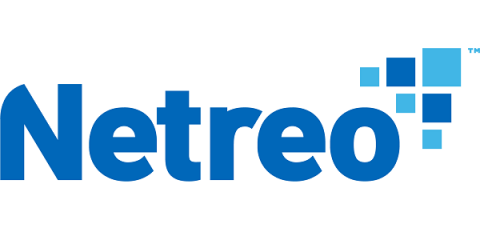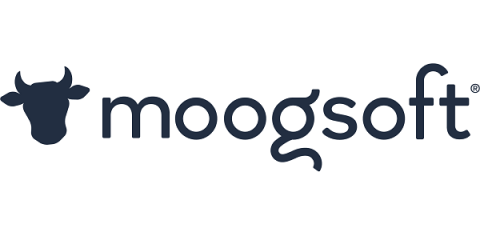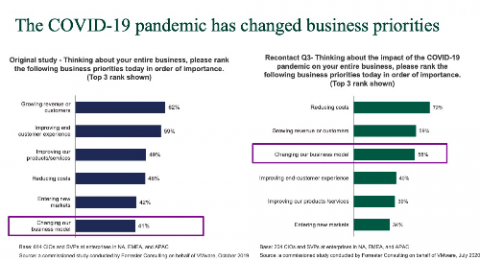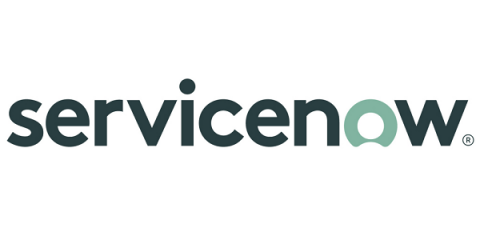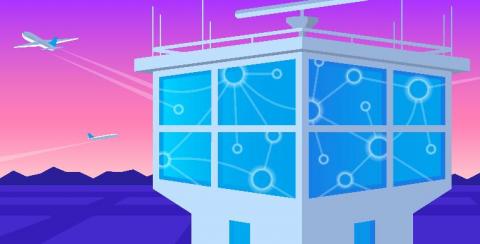Operations | Monitoring | ITSM | DevOps | Cloud
Latest News
Speed Up Development with Automated Kubernetes Deployments
Are you or your team currently looking for your next-generation architecture? Or perhaps are you already there, but looking for the best way to automate and manage it. In this blog, we’re going to talk about deploying Rancher environments using the power of env0. Rancher is a complete software stack for teams adopting containers.
Host Your Helm Chart in ChartCenter Directly From Source
Let's Talk: Full-Service Ownership
We recently surveyed 700 DevOps and IT practitioners around the world and found that more than 80% of organizations have experienced a significant increase in pressure on digital services since the start of the pandemic. Compared to 6 months ago, respondents reported a 47% increase in the number of daily incidents, and 62% of DevOps and IT responders work at least an extra 10 hours per week resolving incidents.
Netreo Platform Security
Now, more than ever, Information Security is a topic that should not be taken lightly. All organizations are vulnerable through technology and it is imperative that risk is managed on a daily basis. Netreo realizes the only way to safeguard against threats is to take a holistic approach to managing our technology, people, and processes.
Observability and AI: Better Together
There’s an AI-led developer and operations (DevOps) evolution afoot which is stoking SREs’ increasingly critical efforts to assure and improve the customer experience by automating the toil out of observability. This movement feeds on a supercharged process of turning telemetry into actionable insight by automatically drawing anomalies, changes and events out of the full-stack event and telemetry data, and analyzing it for correlation and causality.
By Spurring Digital Transformation, COVID-19 Is Preparing Orgs for an Uncertain Future
What made the COVID-19 pandemic and subsequent lockdowns so novel in recent history is that they were true existential threats to many businesses. This was not a case of getting “Ubered,” whereby the erosion of revenue can take years to fully materialize. Rather, this was a case of companies needing to—sometimes literally overnight—expand their digital operations and adopt new business models.
DevOps Customer Success - How to increase service availability, accelerate innovation, and improve pipeline performance
By industrializing software delivery, DevOps has the potential to transform IT in the same way that Henry Ford transformed manufacturing Back in 1913, Henry Ford started a manufacturing revolution. On December 1, the first automotive assembly line heralded the advent of mass production and reduced the time required to build a Model T to only 2 ½ hours. That allowed Ford to slash manufacturing costs as well as the price of his iconic automobile.
Tidal Migrations hearts FinOps - Welcome!
Tidal Migrations is proud to welcome Shana Cunha to the team as our Director of FinOps Strategy. Working in the cloud since 2015 at AWS and holding the FinOps Practitioner certification, Shana has worked with many Enterprises ensuring maximum return of their Cloud Investment and seeking opportunities to deliver value to customers around the globe. We asked Shana for her thoughts on FinOps and what it means to Tidal Migrations customers. Shana?
Monitor Windows hosts with Network Performance Monitoring
If you’re running a mix of Windows– and Linux–based hosts in hybrid or cloud environments, network monitoring is especially important—and especially difficult. As network topologies are becoming increasingly distributed and dynamic, you need a quick way to identify connectivity issues across regions, services, and operating systems.






